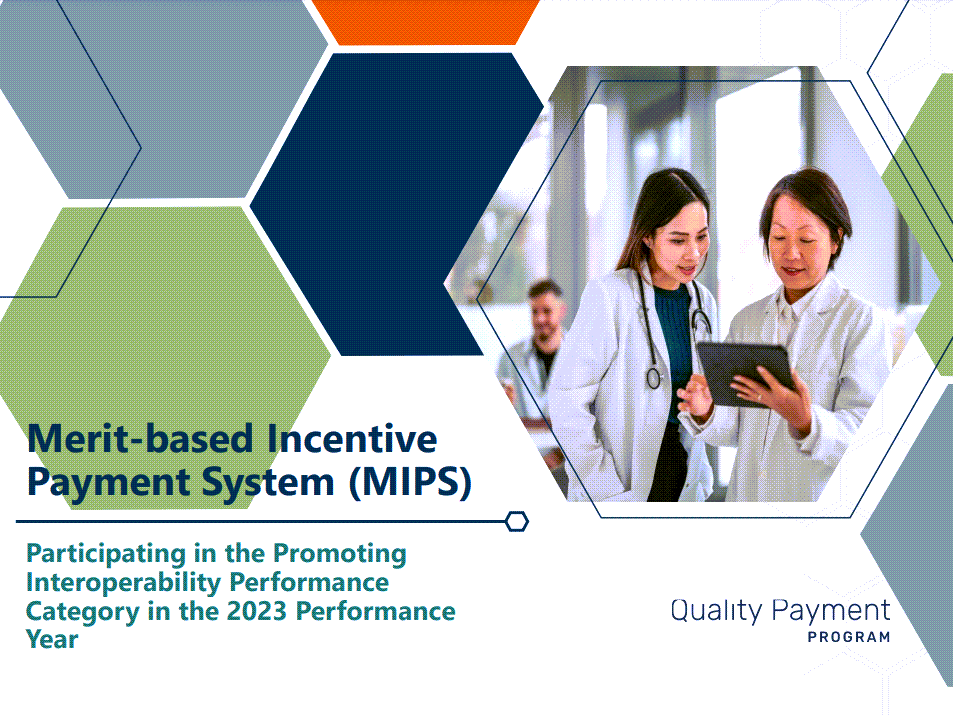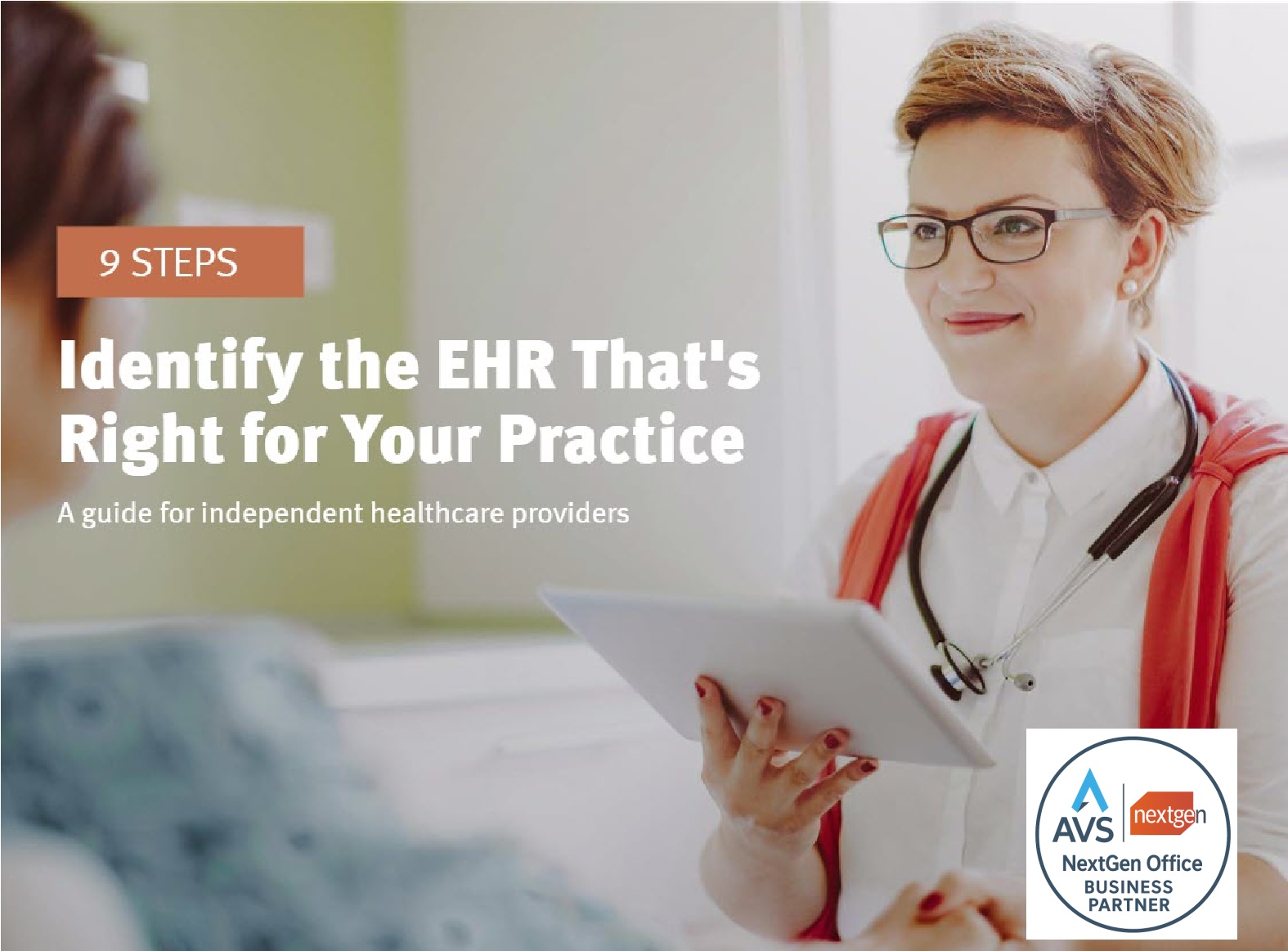How the Right EHR Improves Cash Flow for Private Practices
Private practices run on tight margins, and even small inefficiencies can strain cash flow. While many providers focus on patient care and clinical...

What is eCR?
eCR is the automated generation and transmission of case reports from electronic health records to public health agencies for review and action. The COVID-19 pandemic has created greater urgency for public health officials and the health industry to implement tools for collecting case reports. Reporting diseases and conditions of interest to public health by healthcare providers is nothing new. Although case reporting is required by law in all US states and territories, the requirements vary by disease or condition and public health jurisdiction. Historically, healthcare providers would identify patients with a disease or condition of interest to public health, manually create a reportable condition case report, and then submit the report to the appropriate agency by fax or mail. eCR automates this process, thereby greatly reducing providers' administrative burden of case reporting.
Who needs to submit eCR data? Do state or federal regulations mandate eCR for providers?
While the federal government does not mandate eCR, it is a required measure for clinicians who participate in the Merit-based Incentive Payment System (MIPS) Promoting Interoperability (PI) program, and who must meet the eCR measure to receive a PI score. This measure requires eligible clinicians to achieve active engagement with a PHA in order to submit eCR data.
Each state or local jurisdiction ultimately determines when, and if, to require eCR, and when manual case reporting is no longer required.
How does NextGen® Office EHR support eCR and what do clients need to do to submit eCR
data to their PHA?
NextGen® Office EHR can generate the reportable conditions case report needed to achieve ONC certification for eCR. NextGen Healthcare has completed certification for eCR. At the same time, we are testing with AIMS, a middleware platform hosted by the Association of Public Health Laboratories (APHL) used in all 50 states to connect to certified EHR systems. Once live in production, NextGen® Office EHR automatically generates the required case report based on workflow triggers, and transmits it to the AIMS platform, which, in turn, sends the report to the PHA in your state or jurisdiction. No special workflows or actions are needed for providers to submit eCR data.
Do clients need to purchase an interface to do electronic case reporting?
NextGen® Office EHR is developing and testing the centralized ability to connect and submit data to PHAs through the AIMS platform on behalf of clients. If your PHA is using the AIMS platform (which we believe every state/PHA does), there are no additional interface requirements and no need to purchase anything.
What is the MIPS PI deadline for eCR?
MIPS PI specifications for this measure require active engagement by eligible clinicians. There are two options to achieve active engagement:
The deadline to achieve active engagement is day 60 of your 90-day MIPS PI performance period.
Are there any MIPS exclusions or exceptions specific to this measure?
MIPS-eligible clinicians and practices can claim an exclusion for this measure if their PHA has not declared readiness to accept data or if the eligible clinician does not diagnose or treat conditions that the PHA is interested in collecting. In addition, there are exceptions for small practices and for extreme and unusual circumstances that allow MIPS-eligible clinicians to skip the PI performance category and re-weight their MIPS score.
To determine if you are eligible to participate in MIPS, and for more information about Promoting Interoperability exceptions, visit the Quality Payment Program website.
What does our practice need to do while waiting for NextGen® Office to be declared ready
for onboarding?
Clients will be notified when ONC certification and testing with AIMS are complete so they can begin onboarding with their PHA. In the meantime, you should register your intent to submit eCR data with your PHA by no later than December 1, 2023, which is day 60 of the last reporting period in 2023.
When will NextGen® Office be ready for general onboarding for eCR?
NextGen Healthcare has completed ONC certification for eCR. Testing with AIMS could remain ongoing for several weeks. In the meantime, you should register your intent to submit eCR data with your PHA.
Clients in some jurisdictions cannot register until NextGen Healthcare is ready for general onboarding. It was not the intent of Centers for Medicare & Medicaid Services (CMS) and the Centers for Disease Control and Prevention (CDC) to penalize providers while EHR developers work on implementing the new standard. In these instances, we suggest clients save their correspondence with the PHA as proof of their intent.
Note: NextGen Healthcare has no control over the turnaround time to receive testing feedback from AIMS or the readiness of individual PHAs to onboard our clients after testing is complete. Final onboarding may also involve some testing and validation between you and your PHA before going live.

Private practices run on tight margins, and even small inefficiencies can strain cash flow. While many providers focus on patient care and clinical...

Healthcare delivery is changing rapidly. Patients expect convenience, providers need efficiency, and practices must balance clinical and financial...

Starting a new medical practice is both exciting and overwhelming. From choosing the right location and hiring staff to building a patient base,...